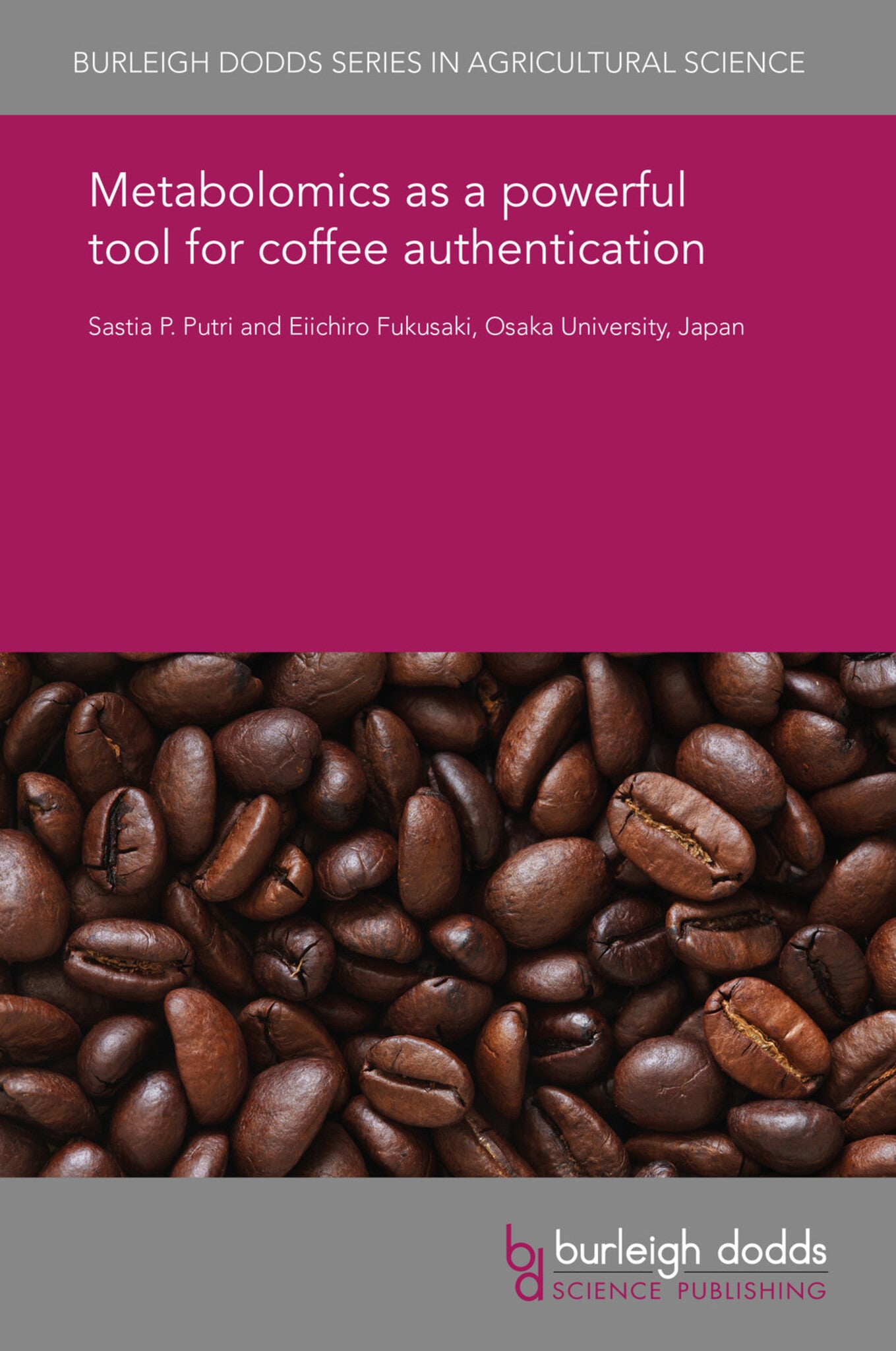We're sorry. An error has occurred
Please cancel or retry.
Metabolomics as a powerful tool for coffee authentication

Some error occured while loading the Quick View. Please close the Quick View and try reloading the page.
Couldn't load pickup availability
- Format:
-
01 January 2018


TECHNOLOGY & ENGINEERING / Agriculture / Sustainable Agriculture, Agronomy and crop production, TECHNOLOGY & ENGINEERING / Agriculture / Tropical Agriculture, TECHNOLOGY & ENGINEERING / Agriculture / Agronomy / Crop Science, Sustainable agriculture, Tropical agriculture

1 Introduction 2 Quality and authenticity evaluation of food and agricultural products 3 The power of metabolomics for discriminating food products 4 The metabolomics approach for coffee authentication 5 Case study: applying GC/MS- and GC/FID-based metabolomics to authenticate Asian palm civet coffee 6 Future trends and conclusion 7 Where to look for further information 8 References



